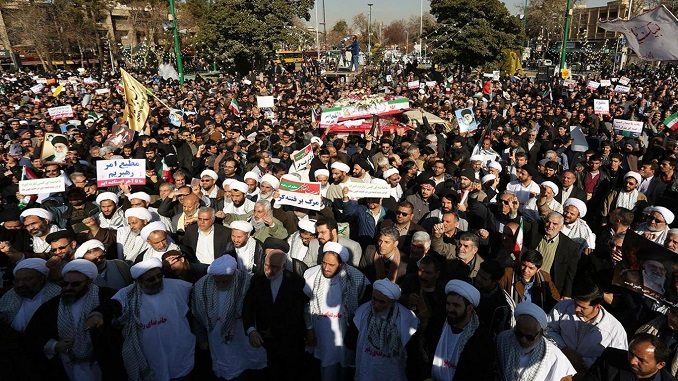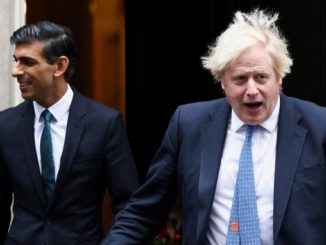
Less than a year ago, he was running a thriving computer accessories business, driving a new car and renting a comfortable two-bedroom apartment in the center of Tehran. But last month, Kaveh Taymouri found himself riding a rusty motorcycle on his hour-long commute to his family’s new lodgings, a 485-square-foot apartment in one of the city’s worst neighborhoods, next to its sprawling cemetery, The New York Times writes.
When he arrived home one recent night at 10:30 from his new job at an arcade, there was no food on the stove. The sandwich he had for lunch would have to do. Nevertheless, his wife and former business partner, Reihaneh, said she thought his mood was improving. “At least he has stopped screaming in his sleep,” she said.
Before their “downfall,” as they call it, the Taymouris were the model middle-class Iranian family, prosperous college-educated business owners who made enough money to save for a down payment on their own home. Now, they are a model for a different sort: the millions of middle-class Iranians who almost overnight have seen their lives shrink, dragged down by economic forces beyond their control.
Iran’s economy is in a shambles, savaged by years of mismanagement and renewed economic sanctions.
The government has expanded the money supply by more than 30 percent annually for more than a decade, using the extra cash to cover budget deficits and other expenses. In the United States, by comparison, a broad measure of the money supply has increased by an annual average of 6.4 percent over the last decade, according to the Federal Reserve.
As a result of Iran’s rapid expansion of the money supply, says Djavad Salehi-Isfahani, a professor of economics at Virginia Polytechnic Institute and State University, inflation has exploded and by official figures is now running at an annual rate of 35 percent, compared with below 10 percent a year ago, The Times adds.
President Trump’s decision to leave the nuclear deal, known formally as the Joint Comprehensive Plan of Action or JCPOA, and to reimpose harsh economic sanctions prompted the other major economic disaster to befall Iran: a collapse in its currency, Salehi-Isfahani said. The rial lost about 70 percent against the dollar before strengthening recently, but its rates are still fluctuating heavily.
“The withdrawal busted the expectations for an economic boom created by the JCPOA and Iran’s return to the global economy, which was expected to boost oil exports and foreign investment,” he said. “The reversal caused people to convert their rials into other assets, mainly dollars and gold.”
By raising the cost of imports, the currency collapse has reinforced the inflationary surge and decimated small businesses that, like the Taymouris’, rely on imported goods.
Taymouri, saying it was best to let his money — or lack of it — do the talking, sat down and calculated the financial calamity that had befallen the family in the past year. Their monthly income fell from 50 million rials, or about $1,400, a year ago to 10 million rials, or $90, at the current heavily devalued rate.
“If someone had ever told me I would one day live like this, I would’ve laughed,” Taymouri said bitterly, before falling silent. Finally, his wife spoke. “I’m not really that sad, because we are not alone,” she said. “It’s happening to so many people.”
Taymouri attributed the fall in the currency to speculators as well as the government “for just having stood by.” Others blame Trump. “It’s really because of Trump,” said Nasim Marashi, the 29-year-old author of a best-selling book, “Autumn Is the Last Season.” The book, on the lives of three middle-class young women in Tehran, has had 35 print runs in four years. “He left the nuclear agreement, not Iran.”
Iran, with a population of about 80 million, has long had a large and thriving middle class, covering roughly everyone from bus drivers to lawyers and doctors, and earning an average of $700 a month in local currency, according to government officials. That income was frequently padded by unreported side businesses in the country’s large black market and government subsidies that lowered the cost of utilities, food and gasoline, The Times noted.
Politically quite influential, Iran’s middle class has consistently favored candidates like the current president, Hassan Rouhani, who support better relations with the West. But seldom have they been under as much economic pressure as they are today – and recently at least two people have been hanged after they were convicted in highly publicized trials for manipulating markets.




Be the first to comment